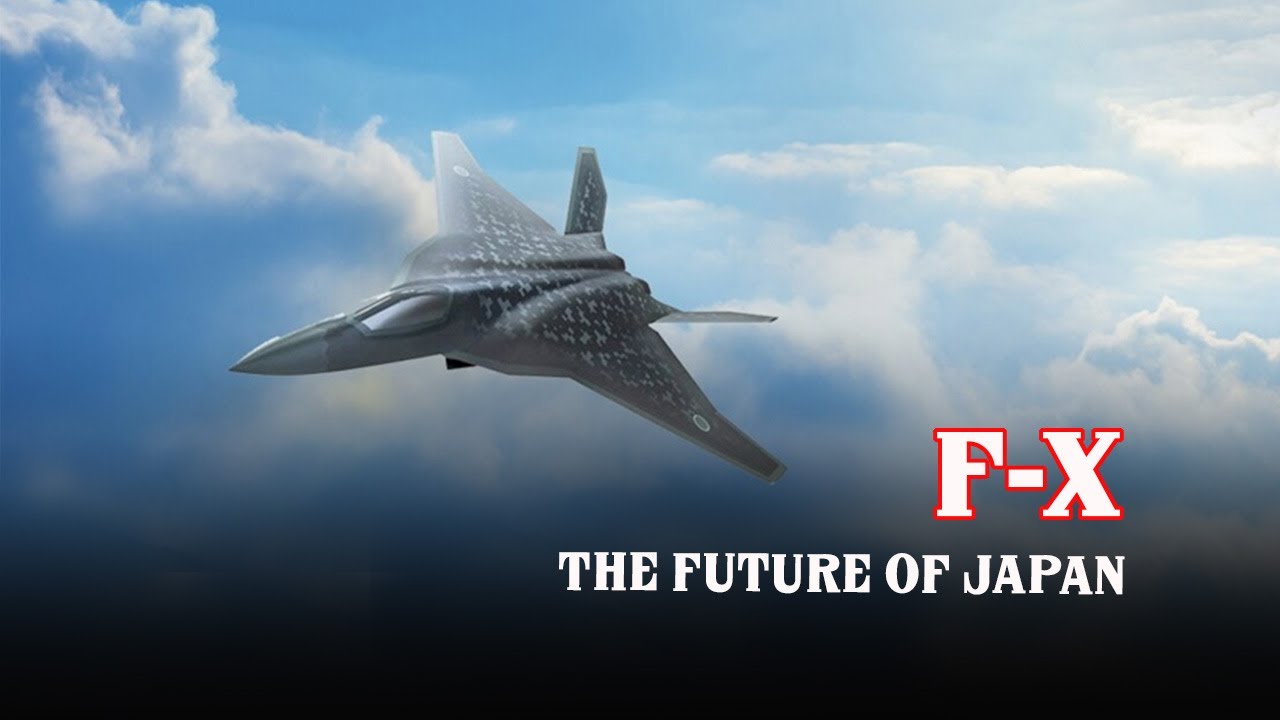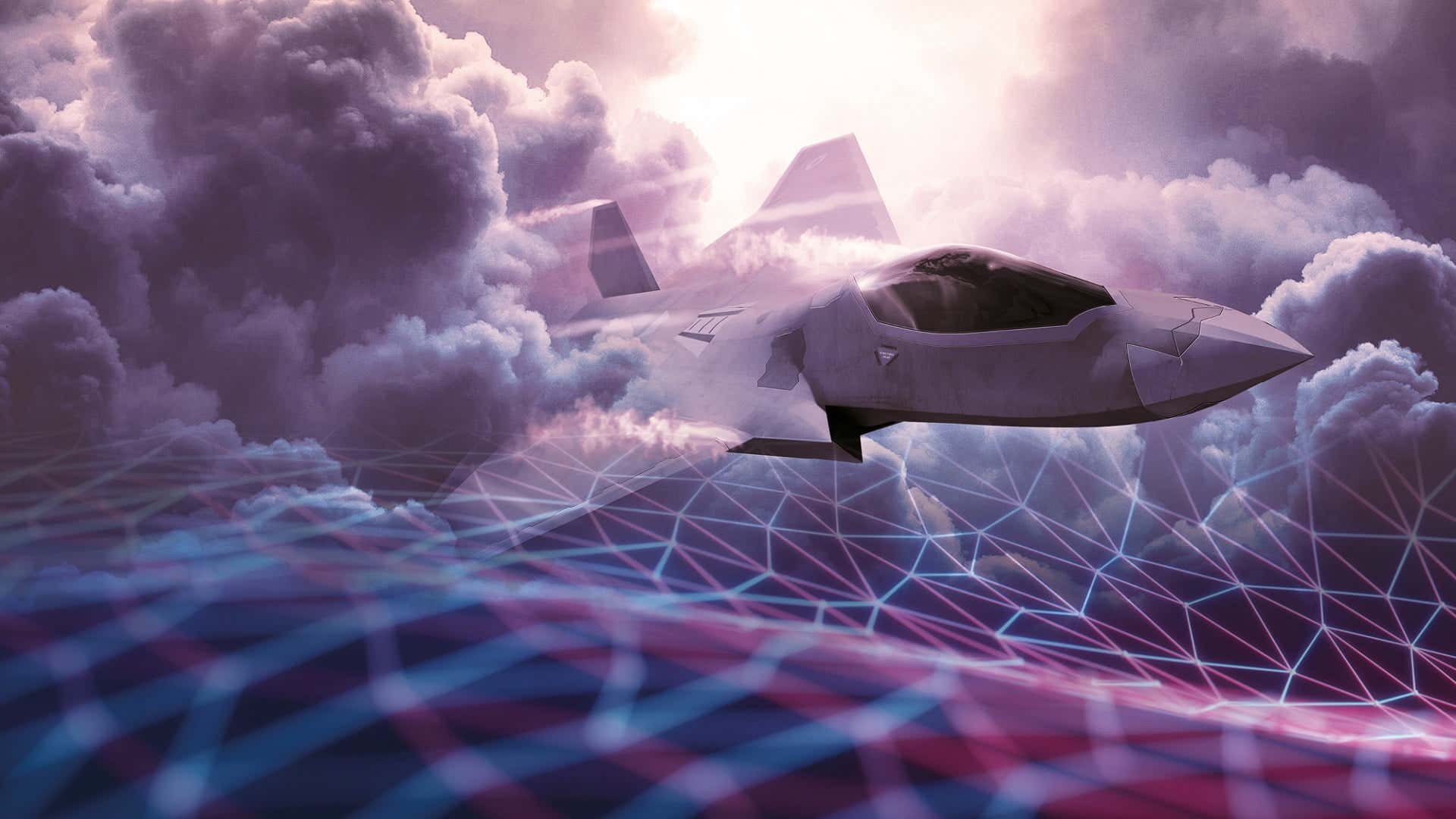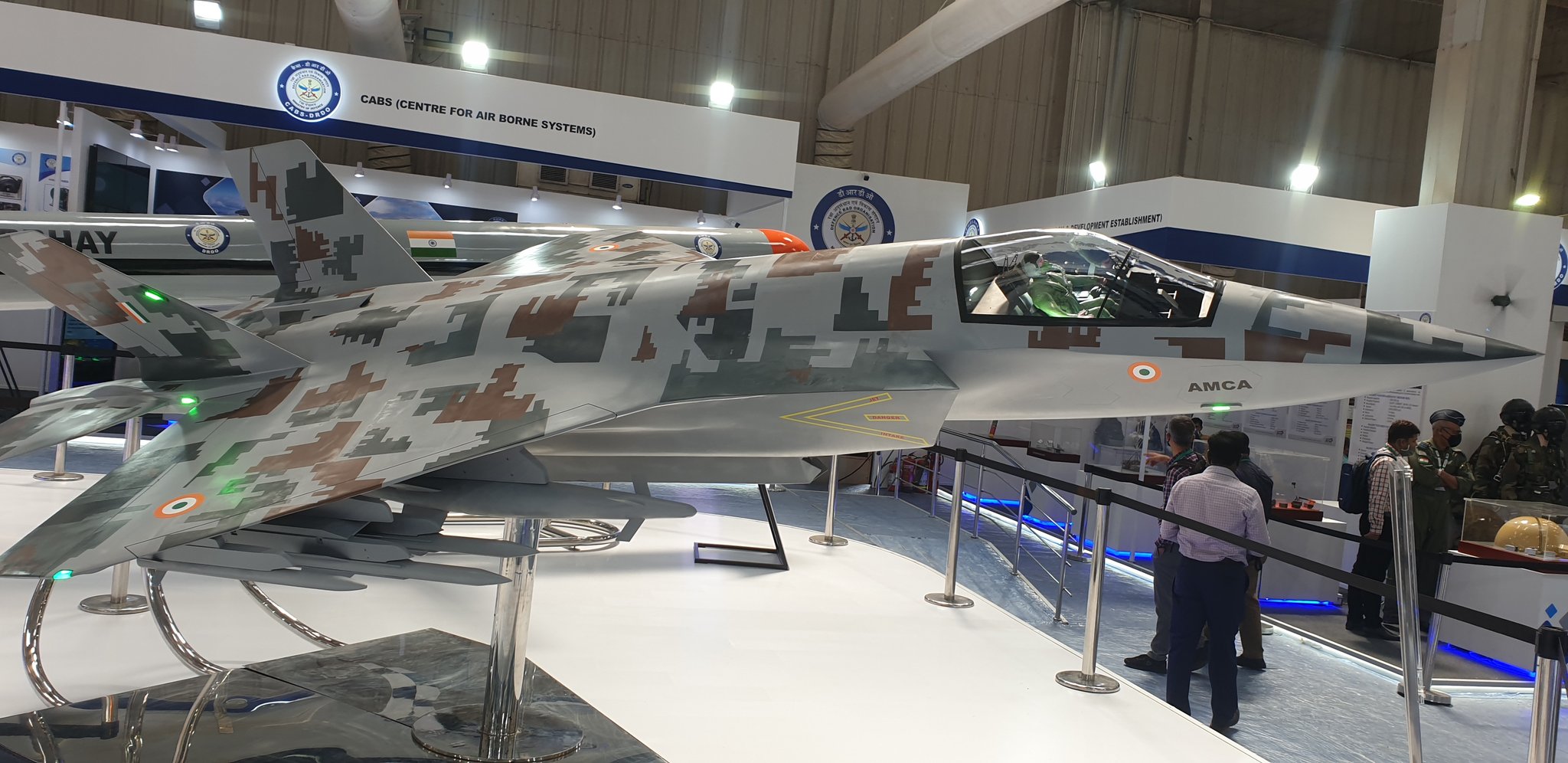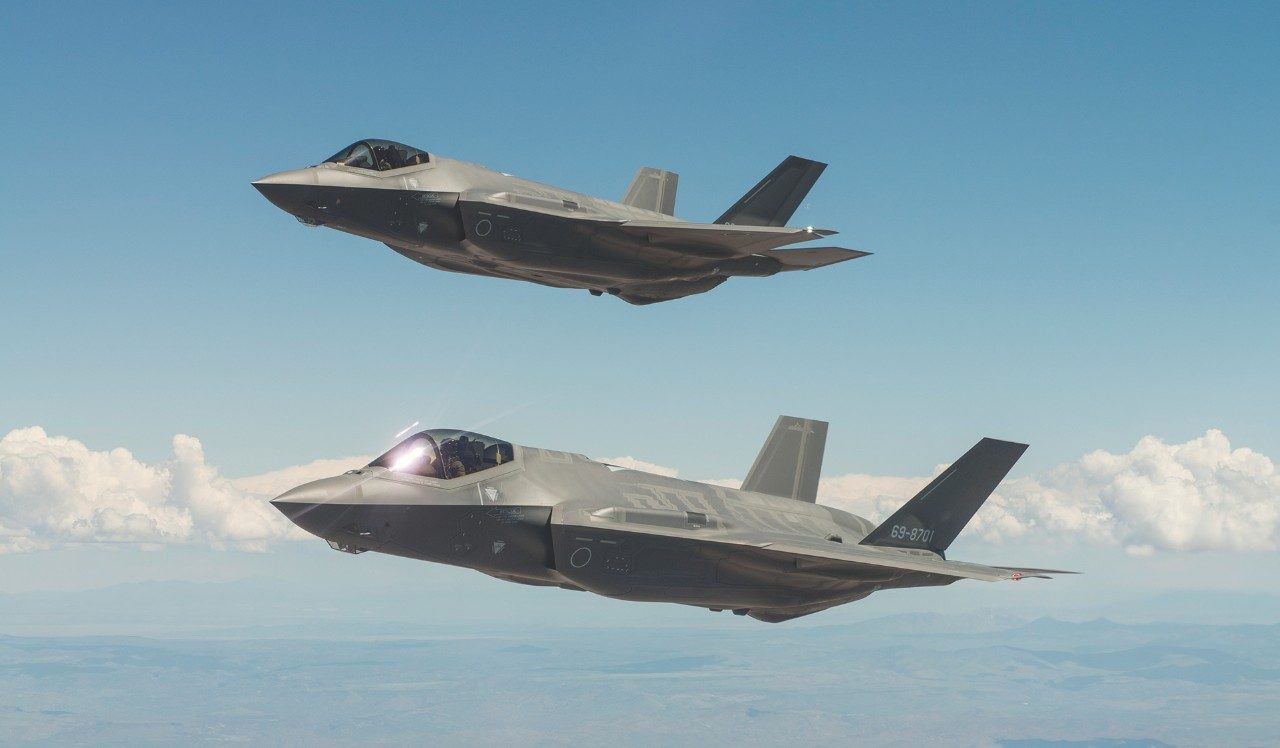Last month, the Indian PM Narendra Modi and Japanese counterpart Fumio Kishida met on the sidelines of the Quad summit and pledged to strengthen bilateral security and military cooperation, with a special focus on defense manufacturing.
Just two days after the bilateral meeting, it was revealed that Japan has planned to allow the export of fighter jets, missiles, and other weapons to 12 countries, including India to bolster regional deterrence against an aggressive and expansionist China.
This turnaround has given rise to speculations that Japan might invite India to the development of its sixth-generation fighter jet program, the ‘F-X’ which is set to replace the outgoing F-2 fighters of the Japanese Air Self Defense Force (JASDF).
With Chinese aggression against Taiwan on the rise, and Japan on potential Chinese radar, a next-generation fighter program has assumed significance.
Japan has been seeking out international collaborators for its ambitious next-generation fighter jet. Last month, Japan’s Sankei News reported that Tokyo was in talks with British aviation Defense Major BAE Systems to collaborate on F-X fighter development.

However, any Japanese plans for India to join the sixth-generation fighter jet program might not particularly be easy to get through, given that India is focusing on its Advanced Medium Combat Aircraft (AMCA) program and streamlining its resources for its development.
Earlier, Britain had said that it would collaborate with India on new fighter aircraft technology and provide an open general export license to India. The move, potentially aimed at weaning India off reliance on Russian technology, was interpreted as an invitation for India to join the Tempest program, as previously reported by EurAsian Times.

Meanwhile, India is committed to its indigenous fifth-generation fighter jet ‘AMCA’, a symbol of its flagship Atmanirbhar Bharat scheme. In March this year, India’s Defense Research and Development Organisation (DRDO) announced the figurative “metal cutting” for the prototype of the AMCA.
Given that backdrop, it would be worth examining if a potential collaboration on the next-generation fighter jet between Japan and India could become a tangible possibility, in the face of a regional power imbalance that squarely favors China. Currently, China is the only country in Asia to have an indigenous fifth-gen fighter.
Will Indo-Japanese Partnership Extend To F-X?
The next-generation F-3 or F-X is Japan’s first domestically developed stealth fighter jet and will replace the Mitsubishi F-2. It will be a twin-engine fighter capable of mounting six internal weapons. As previously reported by The EurAsian Times, the fighter jet will complement the lighter F-35 jets.
Japan’s Mitsubishi Heavy Industries (MHI) is responsible for building the next-generation fighter jet F-X. The prototype is set to be ready by 2024, with the first flight scheduled for 2028.
It is expected to become operational by 2035. Meanwhile, a very similar time frame has been planned for India’s ambitious Advanced Medium Combat Aircraft (AMCA) fighter.
Japan plans to develop a next-generation air superiority fighter to replace its 97 F16-derived F2 fighters, as well as some of its aging F-15s, by 2030.
On the other, the Indian AMCA is envisioned as a twin-engine stealth aircraft with an internal weapons bay and diverter-less supersonic intake, which has been produced for the first time and for which the design is now complete.
It will be a 25-tonne aircraft with an internal payload of 1,500 kg and an exterior payload of 5,500 kg in addition to 6,500 kg of internal fuel.
The Indian Air Force is fully committed to the indigenous program and does not appear to be interested in acquiring any 5th or 6th generation aircraft from other countries. In a previous announcement, Defense Minister Rajnath Singh stated that India may not participate in any foreign procurement since it is fully focused on self-reliance.

Furthermore, India recently announced that it has decided to procure 57 fighters, instead of the intended 114 Multi-Role Fighter Aircraft under the ‘Buy Global Make in India’ scheme.
With the transfer of technology by the original equipment manufacturer (OEM) to an Indian company, all of the 57 warplanes will be built in India. This indicates the Indian resolve to manufacture its equipment locally.
According to aerospace and defense analyst Girish Linganna, “Parallel trajectories have been taken by Tokyo’s FX stealth fighter and India’s Advanced Medium Combat Aircraft program.
With no previous cooperation between the two, the chances of integration of the systems and sub-systems are very limited. New Delhi, as part of its Tejas Mark 1 program, has established a formidable aerospace ecosystem similar to that of Japan which is expected to further improve after the completion of the Mark 2 program.
Furthermore, India also has plans to develop a Naval 4.5 generation TEBDF aircraft, even before the AMCA becomes a reality.”
Japan’s airborne weapons program is in an advanced stage, as it was the first country to introduce next-generation technologies to the world. Its home-grown superior aeronautical and avionics electronics systems are already in place.
According to military analyst Joseph P Chacko, the key to building a truly next-gen fighter is the engine, and the Japanese seem to be getting closer with the IHI Corporation XF9. Due to their weak and previous generation engines, the Chinese J-20 and Russian Su-57 are not considered authentic 5th generation aircraft.
While DRDO will probably collaborate with Safran of France for AMCA engines, Japan’s IHI Corporation could also collaborate with Rolls Royce of the United Kingdom for F-X engine development. Therefore, it is abundantly clear that both countries have chosen their paths, leaving little room for future collaboration, at least in terms of the aircraft’s engine.

According to open sources, Tokyo has ordered 142 Lockheed F-35B and F-35A Lightning stealth fighter jets, but the F-X could be a generation ahead of those two, as well as Russian and Chinese fighters.
“The program will cost roughly $48 billion, which appears to be the main reason why Japan is interested in having some of the countries join the program so that it can at least secure cash from some of the interested countries”, according to Linganna.
While it would do well for India to get hold of some sixth-generation technologies from partners like Japan and the United Kingdom, it remains unlikely to sideline its fighter jet development to become a part of another foreign program.
- With Invaluable Inputs From Girish Linganna, Aerospace & Defense Analyst
- Contact EurAsian Times at etdesk@eurasiantimes.com
- Follow EurAsian Times on Google News




